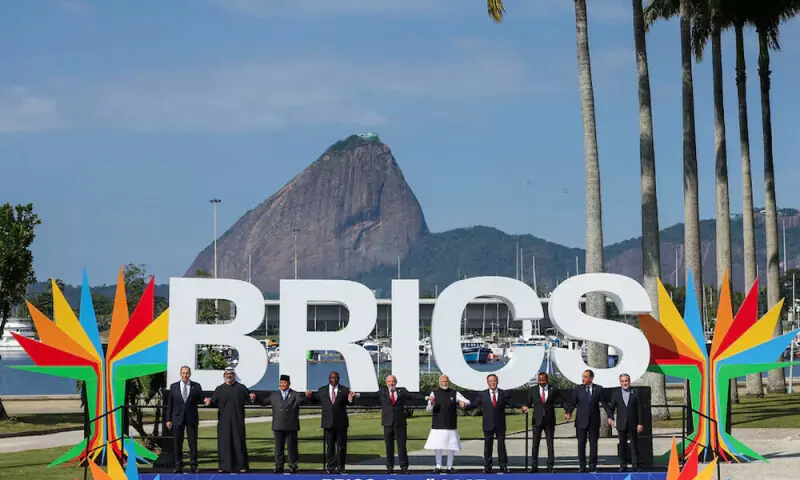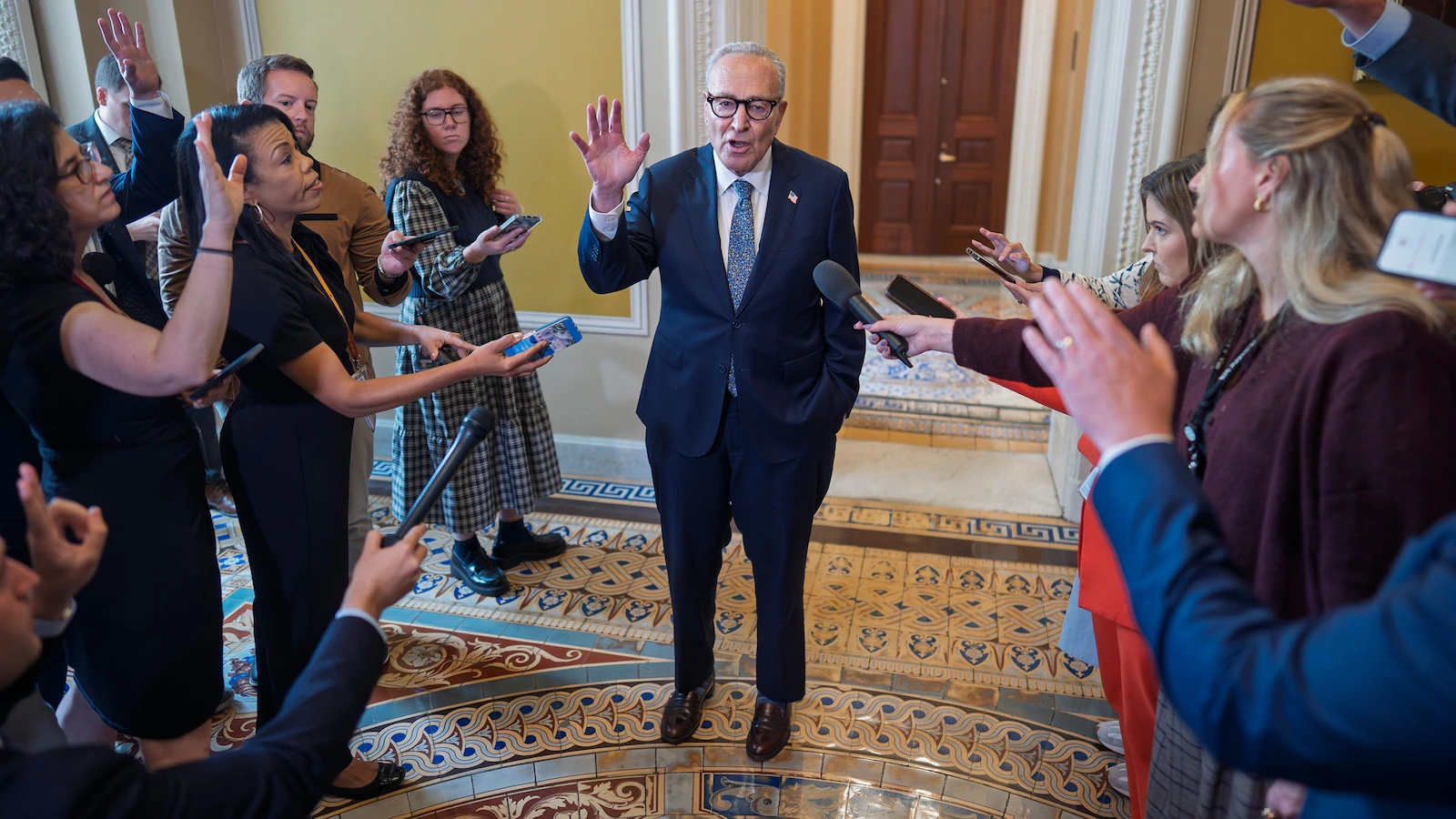By Gohar Ali Khan
Copyright brecorder

KARACHI: Pakistan is expected to become BRICS member during its 18th or 19th annual summit in 2025 or 2026, according to diplomatic sources.
Economic strategist and regional expert Dr Mehmoodul Hassan Khan quoted the diplomatic sources as saying that Pakistan is about to join BRICS in the upcoming annual meeting this year or the next year.
He said inclusion of Pakistan as the full member would open a new window of opportunity to further accelerate economic partnerships, seeking more inflows of foreign direct investments (FDIs), trade diversity, enhancing qualitative industrialisation, digitalisation and artificial intelligence (AI).
Pakistan formally applied for the membership of BRICS in 2023, aiming to strengthen its economic ties with the bloc’s member states.
The BRICS cooperation mechanism includes 10 full member countries: Brazil, Russia, India, China, South Africa, Egypt, Ethiopia, Iran, the United Arab Emirates, and Indonesia that officially joined in January 2025.
In addition, 11 countries currently hold observer or partner status, including Vietnam that became a BRICS partner in June 2025.
This expanded format, often referred to as the “greater BRICS family” or “BRICS+”, reflects the growing momentum and influence of the bloc in its new 10+11 configuration.
India has previously opposed Pakistan’s inclusion in the BRICS.
However, increasing diplomatic and political support of China, Russia and other members of the BRICS has brightened Pakistan’s inclusion as the full member.
Today, the BRICS family represents over half of the world’s population, accounts for 20% of global trade, and contributes nearly 30% of global gross domestic product (GDP) reflecting the growing appeal of the “BRICS spirit” of openness, inclusiveness, and win-win cooperation.
According to data from the International Monetary Fund (IMF), in 2024, BRICS collectively reached 4% GDP growth, significantly outpacing the global average.
This demonstrates that the “greater BRICS” has become a “southern engine” that continuously fuels global development, while covering 31% of the global land area, 46% of the world’s population and 20% of global trade. Its oil production and reserves account for approximately 40% of the global energy landscape.
Spanning Asia, Africa, Europe and Latin America, it brings together a rich diversity of civilisations. It augurs well that the BRICS mechanism leads to the rise of the “Global South“.
Hence, Pakistan’s inclusion would have multiplier socio-economic, geopolitical and geostrategic effects.
Recently, Chinese President Xi Jinping delivered a keynote speech at the BRICS Virtual Summit and shared his three proposals mainly upholding multilateralism to defend international fairness and justice, upholding openness and win-win cooperation to safeguard the international economic and trade order.
Coordinated efforts of China, Russia, Brazil, South Africa and many other important members of the BRICS forming an alternative financial and payment system are gaining momentum might lead to de-dollarisation.
The combined GDP of the 10 BRICS member countries is projected to exceed the global average in 2025, according to the World Economic Outlook report released in April by the IMF.
The data predicted that the grouping would reach 3.4% in GDP, while the world average would reach 2.8%.
IMF data also showed that the 10 member countries of the grouping were becoming more important in the world economy than the G7, which brings together more developed nations of the European Union and North America.
Speaking about the future outlook and repercussions, in case Pakistan joins BRICS as a member, Dr Khan said Pakistan-US bilateral relations were in the right direction because of Pakistan’s emergence as an important and trustworthy ally in the South Asia, showing its strong willingness to promote regional peace and stability and international cooperation for achieving peaceful conflict resolution in the Middle East and SouthEast Asia.
Increasing Pak-US diplomatic ties have become new normal in the times of regional power abnormalities launched by India. Thus, the repercussions would be minimal and smaller, according to Dr Khan.
“Obviously the government and armed forces of Pakistan have been striving hard to create a strategic cushion by rebuilding sustainable diplomatic ties with the US and recent flurry visit of Field Marshal General Asim Munir to Washington DC has further strengthened ties of both the countries and resultantly the US is starting making investments in diverse sectors of economy of Pakistan mainly in metals & mining, renewables, education and health.
“Chances are very bright that the government and military brass would be in a better position to convince US President Donald Trump about its expected and imminent inclusion in the BRICS as a full member,” he said.



